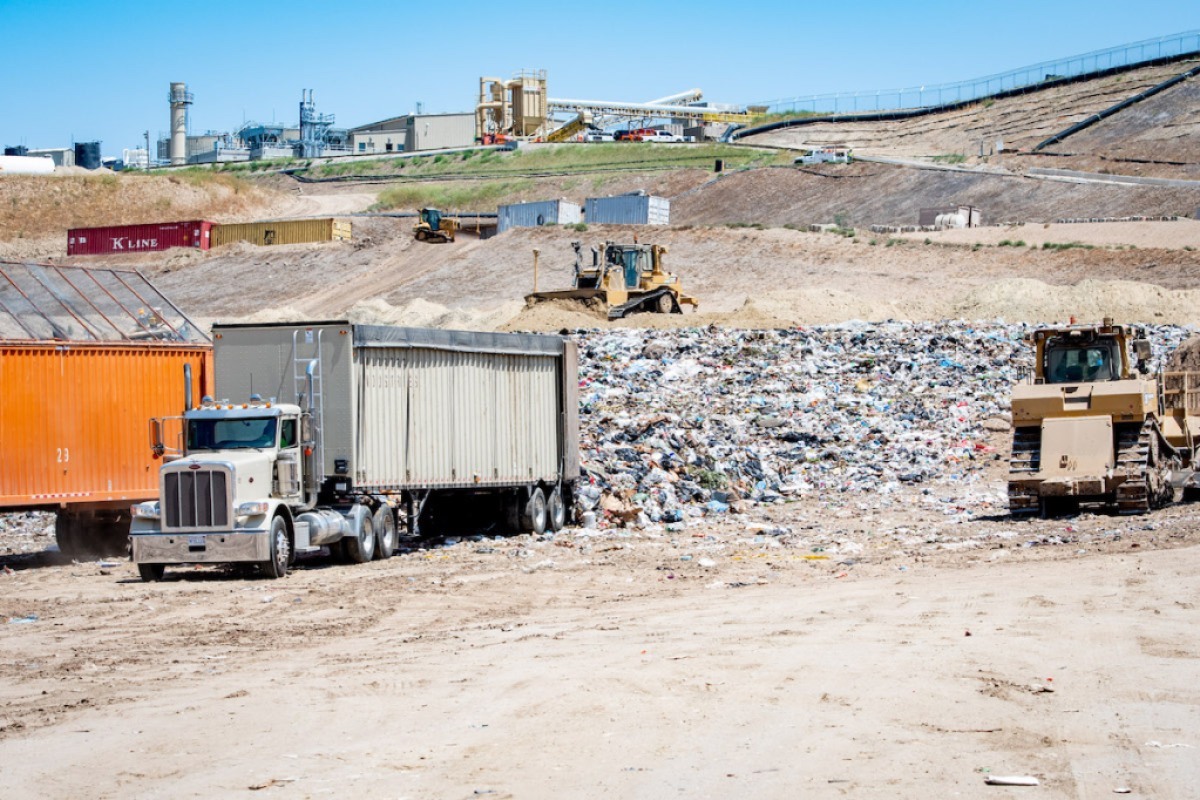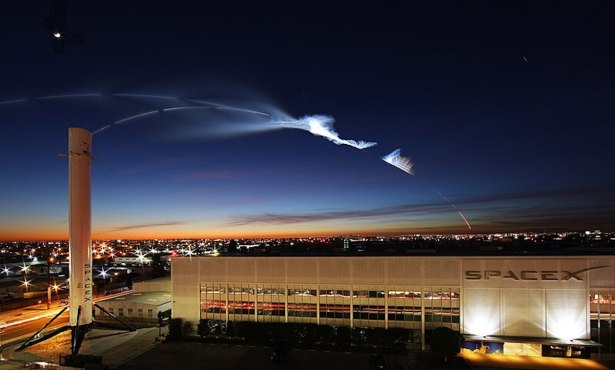California to Require Diversion of 75 Percent of Organic Material by 2025
Food Scraps, Green Waste, Dirty Diapers, and Dead Rats Will No Longer Be Buried

On Tuesday, February 1, Santa Barbara supervisors discussed how to best comply with a major new state law requiring local governments to divert more organic materials from local landfills than they currently do. Under the new law — said to be the most far-reaching recycling legislation to come out of Sacramento in 30 years — all landfills will have to divert more organic materials than they currently bury to help the state reach a 75 percent diversion rate by 2025. Organics include food scraps, green waste, used Kleenex, dirty diapers, and dead rats, according to one of the county’s solid waste czars, Carlyle Johnston, but the reporting to the state will likely be the first three. Throughout the state, local governments are freaking out on how they will meet such a high bar.
But not southern Santa Barbara County.
Southern Santa Barbara County is already exceeding that goal, due in large measure to the construction of the new $150 million Materials Recovery Facility (MRF) at the Tajiguas Landfill along the Gaviota Coast. This MRF — which just opened three months ago after nearly 20 years of planning — separates out plastics and organics from the loads of trash deposited there every day. It then “simmers” the organics in an anaerobic digester, which captures 99.99 percent of the methane produced. From there, the methane — 84 times as destructive as carbon dioxide is to the atmosphere — gets burned and converted to electricity. All this prevents about 117,000 metric tons of greenhouse gases from being released. That’s the equivalent of taking about 22,000 cars off the road.
For trash customers residing in what’s called the Tajiguas waste shed, which includes Goleta and Santa Barbara cities, the good news is that they can keep doing exactly what they’ve already been doing — tossing food scraps and other organics into their trash bins — and not pay any higher fees for the privilege.
Sign up for Indy Today to receive fresh news from Independent.com, in your inbox, every morning.
For people living in the communities of Santa Maria, Orcutt, and Guadalupe, it’s a different matter. They don’t send their trash to Tajiguas, and the landfills they use are not engineered to do the dirty work of pre-sorting. They will now have to toss their organics into their green waste bins, which will have to be collected once a week as opposed to once every other week. This, in turn, will trigger a 22 percent increase in their trash bills. Because residents of Carpinteria send their trash to a landfill in Ventura County, they too will see some changes and rate hikes. None of that will happen overnight, however.
There will be two years of public outreach and education on how residents need to sort their trash before the enforcement hammer comes down. Solid waste representatives made it clear they are loathe to become the tough guys. They pointed with pride to the fact they have never issued one fine or citation after the supervisors enacted a ban on single-use plastic bags in 2014.
Another wrinkle of the new state law that will impact all of Santa Barbara County requires local agencies to devise plans to achieve a 20 percent diversion rate for food that’s still edible for human consumption. Already, 38 major institutional operations — the Chumash Casino being one — have been identified. The casino was praised for its groundbreaking work in this regard; likewise, the Food and Veggie Rescue squads that glean usable produce from ag operators and turn it into to local food banks for distribution.
That said, Supervisor Das Williams — who noted that he served on the Assembly when the bill was initially passed and hence was fair game for blame or praise — will be “a gargantuan undertaking.” Supervisor Joan Hartmann was more global in her assessment. “The universe of edible food recycling is potentially limitless,” she stated. No action was taken by the supervisors this Tuesday, but they are scheduled to vote for the new enabling ordinance for the state recycling bill on February 15.
Support the Santa Barbara Independent through a long-term or a single contribution.



